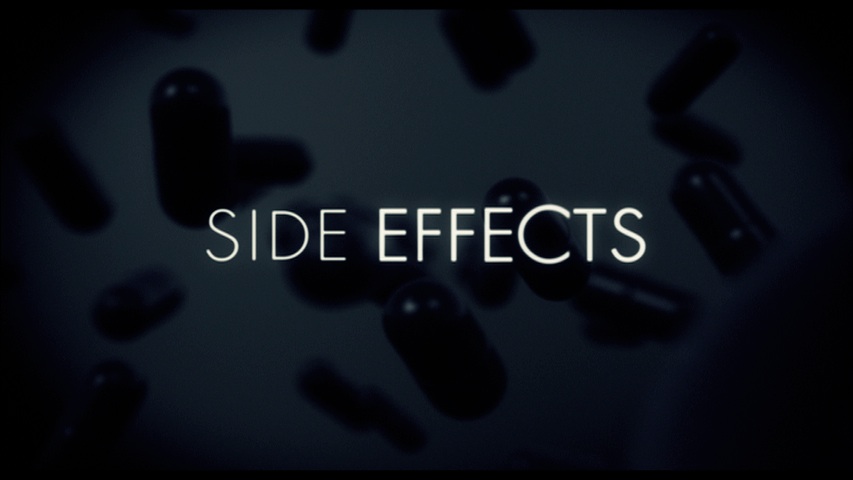
Future doses should be given at the new, slower rate, typically over two hours. Most episodes will resolve within 20 minutes, and the vancomycin may be restarted at 50% of the original rate. Mild cases (mild flushing and mild pruritus) can be managed with antihistamines such as diphenhydramine 50 mg by mouth or intravenously and ranitidine 50 mg intravenously. Future doses of vancomycin may be given at decreased infusion rates in most cases. H1 (diphenhydramine) and H2 antihistamines (ranitidine or cimetidine) are used in the management of VFS. When a patient develops VFS, the intravenous antibiotic infusion should be stopped immediately. There are case studies of VFS occurring from other antibiotics such as rifampin, cefepime, teicoplanin, ciprofloxacin, and amphotericin B. Vancomycin is commonly used to treat bacterial endocarditis, abscesses with cellulitis, postoperative wound infections, infected surgically placed devices, and central line-associated bloodstream infections. The increased incidence of methicillin/oxacillin-resistant Staphylococcus aureus, multiresistant Staphylococcus epidermidis, penicillin-resistant Streptococcus pneumoniae, and metronidazole-resistant Clostridium difficile has led to an increase in the use of vancomycin. VFS may occur from later doses as far out as seven days. It may occur later during the infusion or begin shortly after dose completion. VFS most often begins 4 to 10 minutes from the start of the first dose of intravenous vancomycin.


The current treatment recommendations are to administer vancomycin at a rate no faster than 1 gram/hour or 10 mg/min. It is often related to a rapid infusion rate of vancomycin (1 gram in less than 1 hour). VFS most frequently occurs with intravenous vancomycin but may rarely occur from oral or intraperitoneal vancomycin. This activity describes the evaluation, diagnosis, and management of vancomycin flushing syndrome and stresses the role of team-based interprofessional care for affected patients. Practitioners using vancomycin should be aware of this drug reaction, its prevention, and treatment. VFS is generally associated with more rapid infusion rates but can be seen following slower infusion rates and after several days of transfusion. The amount of histamine release is generally related to the dosage of vancomycin infused and the rate of infusion. VFS is caused by vancomycin through the direct and non-immune-mediated release of histamine from mast cells and basophils. Symptoms may include weakness, angioedema, and chest or back pain. VFS consists of a pruritic, erythematous rash of the face, neck, and upper torso, which may also involve the extremities, though to a lesser degree. doi:10.1097/GCO.Vancomycin flushing syndrome (VFS) was previously known as red man syndrome (RMS) is an anaphylactoid reaction caused by the rapid infusion of the glycopeptide antibiotic vancomycin. Endometrial 'scratching': What the data show. Endometrial scratching for subfertility: Everyone's doing it. Endometrial scratching prior to IVF does it help and for whom? A systematic review and meta-analysis.

Van Hoogenhuijze NE, Kasius JC, Broekmans FJM, Bosteels J, Torrance HL. Hysterosalpingography in endometriosis: Performance and interpretation. Kilcoyne A, O'Shea A, Gervais DA, Lee SI. Mohiyiddeen L, Hardiman A, Fitzgerald C, et al. Tubal flushing with oil- or water-based contrast medium: Can we identify markers that indicate treatment benefit?. Van Rijswijk J, van Welie N, Dreyer K, et al. Effectiveness on fertility outcome of tubal flushing with different contrast media: Systematic review and network meta‐analysis. Wang R, van Weiie N, van Rijswijk J, et al. doi:10.1056/NEJMoa1612337Īmerican Society for Reproductive Medicine. Oil-based or water-based contrast for hysterosalpingography in infertile women.

Dreyer K, van Rijswijk J, Mijatovic V, et al.


 0 kommentar(er)
0 kommentar(er)
